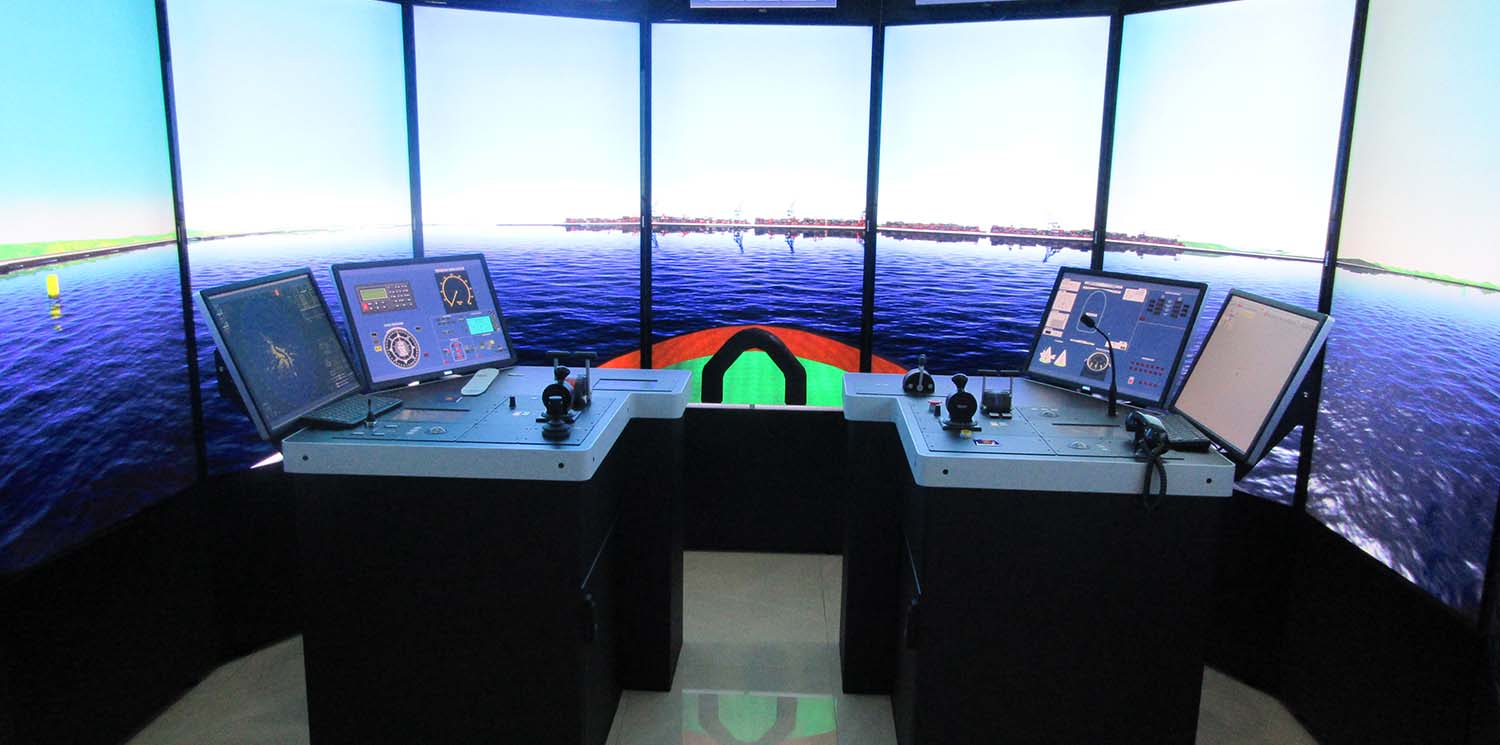Basic ASD Tractor Tug Operator
Held in: Lagos, Nigeria
The Simulator Basic ASD TUG Operator Course is designed to introduce senior deck officers to the capabilities and limitations of modern ASD “tractor” tugs. The course will focus on basic manoeuvring techniques such as steering, stopping, working a line and manoeuvring in close proximity to a large vessel. It will also include an introduction to high speed escorting techniques to demonstrate how the tugs can be manoeuvred to create the very high steering forces used to save a ship suffering a serious mechanical failure.
The design of the course assumes that the students are:
- licensed as per national/ STCW requirements;
- have experience operating conventional tugs or supply ships; and
- have a good understanding of the English language.
Scope
The objective of this course will be accomplished over five training days. Individual Performance Objectives (PO) to be achieved are:
PO 100 – Conduct basic steering and stopping manoeuvres to include making up a towline on a large vessel that is stationary, and applying push/ pull forces;
PO 101 – Conduct intermediate manoeuvres to include making up to a vessel that is making up to 6 knots speed and applying push pull forces;
PO 102 – Develop and understanding of basic tractor design types employed around the world and the associated manoeuvring and performance characteristics of each;
PO 103 – Develop and understanding of the various escorting techniques employed today;
PO 104 – Conduct basic escort manoeuvres to include, indirect pull, powered indirect pull, and transverse arrest at speed up to 10 knots.
PO 105 – Understand the importance of fairlead and bit strength issues needed to ensure that the tractor tug does not damage the ship’s structure.
PO 106 – Communicate using standard command language for tractors and escorting.
Method of Achieving Objectives
Candidates will receive presentations on key knowledge and theoretical manoeuvring principles followed by practical simulation sessions where this knowledge must be applied in practical scenarios. The course is designed to capitalise on the full capabilities of (FMS) as an illustrative, developmental, and assessment tool.

Course Management Details
The course will be conducted at the PEM Offshore Simulation and Innovation Centre (POSAIC). The environment will be classroom and the FMS Tug Bridge. The optimum number of students is four, maximum six and minimum two. The desired instructor to student ratio is 1:4. A typical schedule is contained in Annex A. Assessment. Students are assessed based on their ability to complete practical assignments related to each PO.
Course Duration
5 days.
